Author: Greg Ross
Podcast Episode 153: A Victorian Stalker
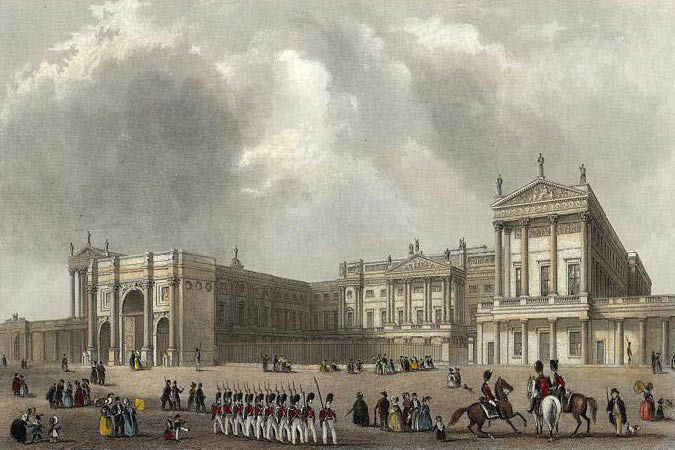
Between 1838 and 1841, an enterprising London teenager broke repeatedly into Buckingham Palace, sitting on the throne, eating from the kitchen, and posing a bewildering nuisance to Queen Victoria’s courtiers, who couldn’t seem to keep him out. In this week’s episode of the Futility Closet podcast we’ll describe the exploits of Edward Jones — and the severe measures that were finally taken to stop them.
We’ll also salute some confusing flags and puzzle over an extraterrestrial musician.
In a Word

poculation
n. the action or practice of drinking alcohol
eclaircissement
n. the clearing up of anything which is obscure or not easily understood; an explanation
plerophory
n. full persuasion or confidence; perfect conviction or certitude
In a 1952 speech before the Mississippi house of representatives, lawmaker Noah S. Sweat addressed the question whether the state should continue to prohibit alcoholic beverages:
My friends, I had not intended to discuss this controversial subject at this particular time. However, I want you to know that I do not shun controversy. On the contrary, I will take a stand on any issue at any time, regardless of how fraught with controversy it might be. You have asked me how I feel about whiskey. All right, here is how I feel about whiskey:
If when you say whiskey you mean the devil’s brew, the poison scourge, the bloody monster, that defiles innocence, dethrones reason, destroys the home, creates misery and poverty, yea, literally takes the bread from the mouths of little children; if you mean the evil drink that topples the Christian man and woman from the pinnacle of righteous, gracious living into the bottomless pit of degradation, and despair, and shame and helplessness, and hopelessness, then certainly I am against it.
But, if when you say whiskey you mean the oil of conversation, the philosophic wine, the ale that is consumed when good fellows get together, that puts a song in their hearts and laughter on their lips, and the warm glow of contentment in their eyes; if you mean Christmas cheer; if you mean the stimulating drink that puts the spring in the old gentleman’s step on a frosty, crispy morning; if you mean the drink which enables a man to magnify his joy, and his happiness, and to forget, if only for a little while, life’s great tragedies, and heartaches, and sorrows; if you mean that drink, the sale of which pours into our treasuries untold millions of dollars, which are used to provide tender care for our little crippled children, our blind, our deaf, our dumb, our pitiful aged and infirm; to build highways and hospitals and schools, then certainly I am for it.
“This is my stand,” he said. “I will not retreat from it. I will not compromise.”
Paint by Number
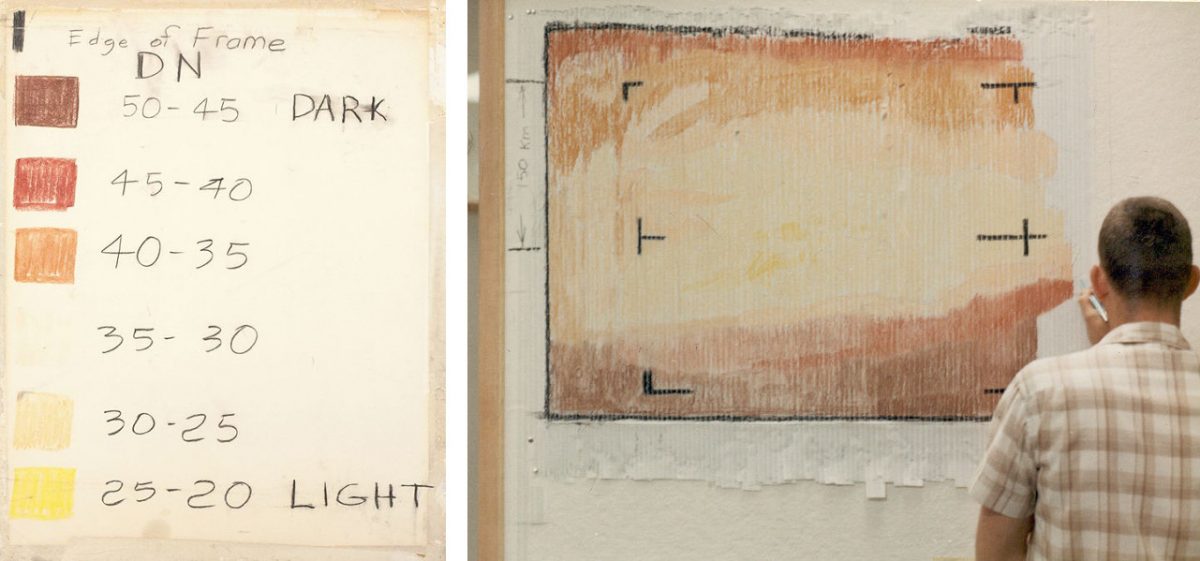
When Mariner 4 flew past Mars in summer 1965, NASA scientists were eager to get their first close look at another planet. So rather than wait for their computers to render the probe’s data into a proper photograph, the employees in the agency’s telecommunications group mounted printed strips of data in a display panel and colored them by hand to create a rough visualization.
The hand-colored vista became the first image of Mars based on data collected by an interplanetary probe. They framed the finished image and presented it to agency director William H. Pickering.
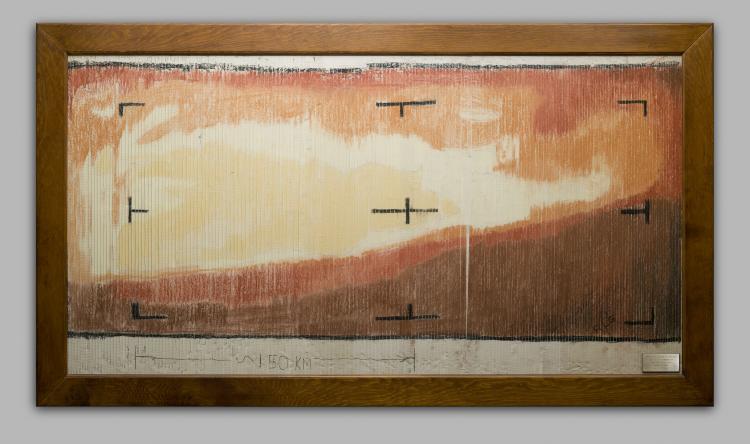
Quick Change
How to escape the police while carrying a coil of duct tubing.
Adam’s Bridge

A curious chain of limestone shoals extends between India and Sri Lanka, possibly the remains of a land connection between the two. The sea between the two landmasses is called Sethusamudram (“Sea of the Bridge”), and early British maps refer to it as Adam’s Bridge. How and when the structure evolved are still sources of controversy among geologists, but historical records suggest that it was passable on foot until a cyclone deepened the channel in the 1400s.
Appealing to NASA satellite images, some sources contend that the bridge was created by Rama to rescue his kidnapped wife Sita, as described in Hindu theology, perhaps with the aid of a human army. NASA delicately observes that this interpretation “is certainly not ours. … Remote sensing images or photographs from orbit cannot provide direct information about the origin or age of a chain of islands, and certainly, cannot determine whether humans were involved in producing any of the patterns seen.”
Grant and the Mule
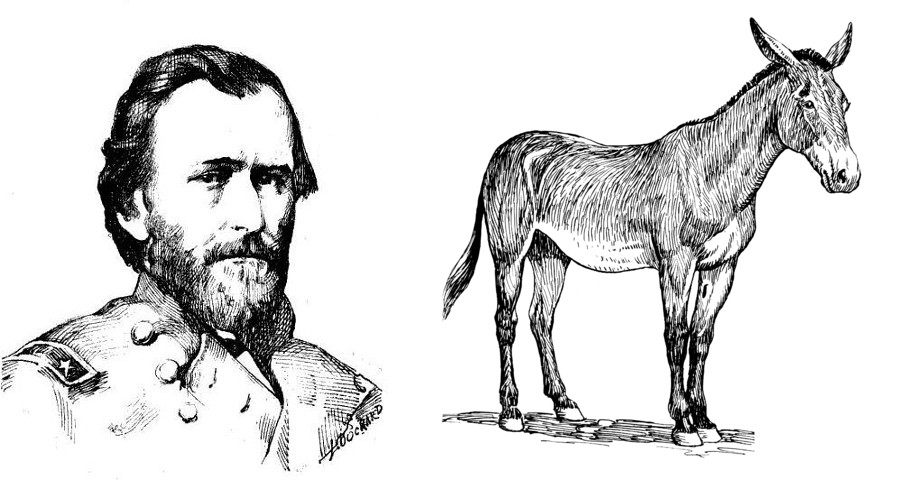
From Judge Jacob W. Wilkin’s “Personal Reminiscences of General U.S. Grant,” 1907:
One day while riding on the lines, he saw a teamster beating a mule, and riding up to him, ordered him to stop. Wearing an army blouse without shoulder straps, the man did not recognize him and not very politely told him to mind his own business, using profane language, whereupon Grant told his orderly to arrest him and bring him to headquarters. He was turned over to me with orders to tie him up by the thumbs. When the fellow realized that he had used insulting language to General Grant he was the most humiliated man imaginable and protested he did not know it was General Grant. His punishment lasted but a little while and because of my sympathy, was not the most severe of the kind, when I was directed to bring him up to the headquarters tent and there he renewed his protestation that he did not know it was the general he was talking to and that he would not under any circumstances have insulted him. But the general said, ‘You don’t understand, it was not I that was hurt, it was the mule. I could defend myself but the poor dumb animal could say or do nothing for its own protection.’
“He dismissed the culprit with the admonition that he would be closely watched and if again found abusing his team, he would be summarily dealt with.”
From Beyond
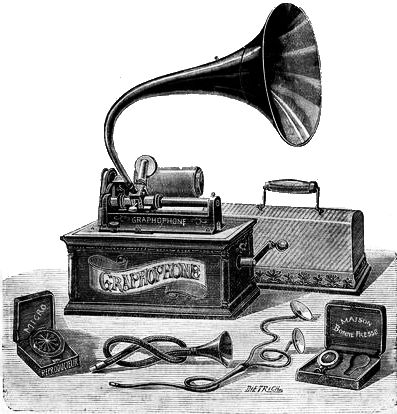
From the St. Louis Post-Dispatch, via the Ohio Law Reporter, Aug. 17, 1908: During a dispute over a will in Vienna, a phonograph record was introduced into evidence so that the dead woman herself could explain her intentions, which she’d recorded during her lifetime:
Prof. Sulzer stated that he had a phonographic record that would settle beyond question the point in dispute and asked the court’s permission to introduce it as evidence. The permission was granted and Mme. Blaci, the decedent, told in her own voice of her affection for her brother and his family and announced her intention of providing before her death so that her nephew, Heinrich, would be well cared for after she had passed away.
Heinrich testified that the record was made on the twenty-first anniversary of his birth. Mme. Blaci, he told the judge, had said at the time that she wanted the words she had spoken to her brother, Heinrich’s father, put on record as a souvenir of her affection that could be handed down to her nephew.
“After hearing the record, the court immediately awarded Heinrich $120,000 as his share of the estate, which was the full amount claimed by him.”
“The Elephant Who Walked to Manchester”

In 1872, as he prepared to retire in Edinburgh, English menagerie owner Alexander Fairgrieve auctioned off his remaining attractions in the Waverley Market. The largest lot was Maharajah, an Indian elephant 7 feet tall with 20-inch tusks. The winning bid, £680, came from James Jennison, proprietor of the Belle Vue Gardens near Manchester, who was expanding his zoological collection. The elephant rebelled at entering a horse box on the Northern British Railway, so his keeper, Lorenzo “Lion Tamer” Lawrence, simply walked his charge to Manchester.
The unlikely pair covered 200 miles in 10 days, arriving on April 20, and the celebrated animal, “having travelled by road from Scotland, via Carlisle, Kendal, Lancaster, Preston and Bolton,” was installed in a temporary glass-roofed elephant house. In the ensuing years he would walk among the visitors, ridden by thousands of children and starring in spectacles such as “Napoleon Crossing the Alps” in the city’s May Day and Whit parades. He died of pneumonia in 1882 at the age of 18.
Heywood Hardy’s 1875 painting A Disputed Toll, above, records an event that probably never happened — it’s said that during their journey, while Lawrence was arguing with a parsimonious gatekeeper, Maharajah simply lifted the gate from its hinges. Accurate or not, the memorable painting now hangs in the Manchester Art Gallery.
Mr. Big

Epithets used to describe former North Korean leader Kim Jong-il in state media:
- Superior Person
- Dear Leader
- Respected Leader
- Wise Leader
- Brilliant Leader
- Unique Leader
- Dear Leader, Who Is a Perfect Incarnation of the Appearance That a Leader Should Have
- Commander-in-Chief
- Great Leader
- Father of the People
- Sun of the Communist Future
- Shining Star of Paektu Mountain
- Guiding Sun Ray
- Leader of the Revolutionary Armed Forces
- Guarantee of the Fatherland’s Unification
- Symbol of the Fatherland’s Unification
- Fate of the Nation
- Beloved Father
- Leader of the Party, the Country, and the Army
- Great Leader of our Party and of our Nation
- Great General
- Beloved and Respected General
- Great Leader
- Beloved and Respected Leader
- Ever-Victorious, Iron-Willed Commander
- Sun of Socialism
- Sun of the Nation
- The Great Sun of Life
- Great Sun of The Nation
- Father of the Nation
- World Leader of the 21st Century
- Peerless Leader
- Bright Sun of the 21st Century
- Great Sun of the 21st Century
- Leader of the 21st Century
- Amazing Politician
- Great Man, Who Descended From Heaven
- Glorious General, Who Descended From Heaven
- Supreme Leader of the Nation
- Bright Sun of Juche
- Leader of the Party and the People
- Great Marshal
- Invincible and Triumphant General
- Dear Father
- Guiding Star of the 21st Century
- Great Man, Who Is a Man of Deeds
- Great Defender
- Savior
- Mastermind of the Revolution
- Highest Incarnation of the Revolutionary Comradeship
- His Excellency
Wikipedia keeps a list. When Kim died in 2011, he was named “General Secretary for Eternity.” According to the state-run Korean Central News Agency, the decision was based on “the unanimous will and desire of all the party members and other people.”

